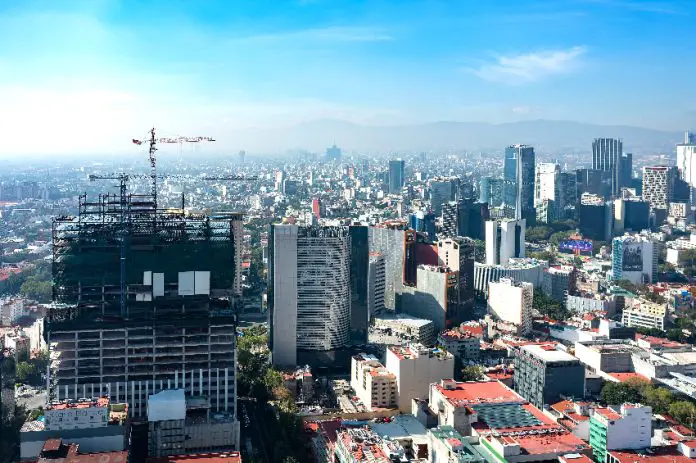Mexico is “a country on the rise,” according to Oxford Business Group CEO Andrew Jeffreys, who believes it is well-positioned to take advantage of the nearshoring opportunity.
In an interview with the El Economista newspaper, the head of the global publishing, research and consultancy firm even said that “the combination of favorable factors” in Mexico right now may surpass the advantageous conditions that prevailed in other countries at certain times in the past.

He was especially bullish about the potential of the Isthmus of Tehuantepec trade corridor.
However, Jeffreys also acknowledged that Mexico has its fair share of problems, and warned that not everything will be easy as the country seeks to capitalize on the nearshoring opportunity.
In conversation with El Economista journalist Luis Miguel Gónzalez, the CEO noted that Mexico has become a large manufacturer across a range of sectors and a major exporter.
Still, Mexicans are very hard on themselves, failing to fully appreciate what has been achieved over the past 30 years, Jeffreys said, referring to the time that has passed since the North American Free Trade Agreement, or NAFTA, took effect.
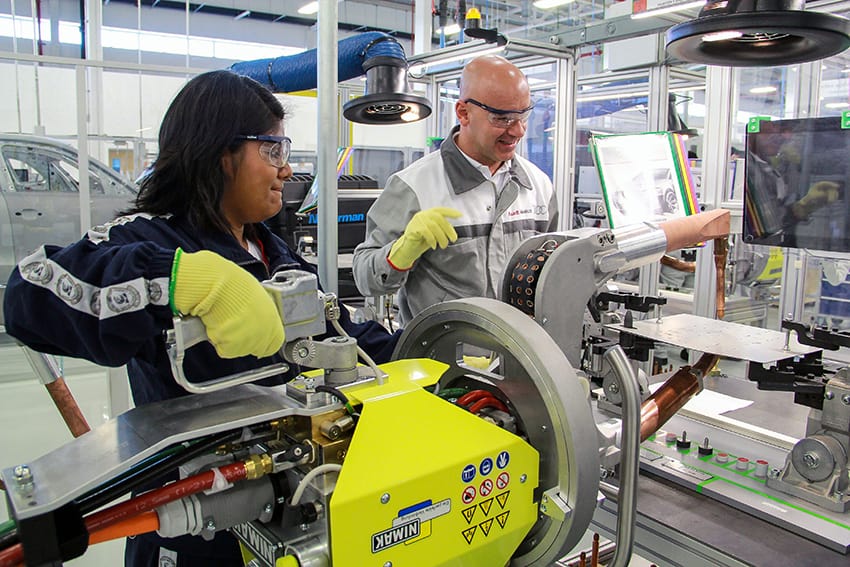
“Being demanding and self-critical is healthy,” the CEO said, but Mexicans “shouldn’t lose sight” of the progress that has been made. In his view, the future is very bright as well.
Mexico “in more than one way, is a country on the rise,” Jeffreys said.
“Nearshoring is spoken about, but this isn’t a coincidence. [Mexico] has a privileged geographic position, has been developing capabilities in industries such as automotive and electronics for several years [and] has a lot of advantages in demographics, including a large number of qualified people,” he said.
Jeffreys, who has worked as a consultant in numerous developing countries during his 30-year career with Oxford Business Group, said that some of the problems Mexico faces, such as a lack of high-quality infrastructure, are “very common in developing countries.”
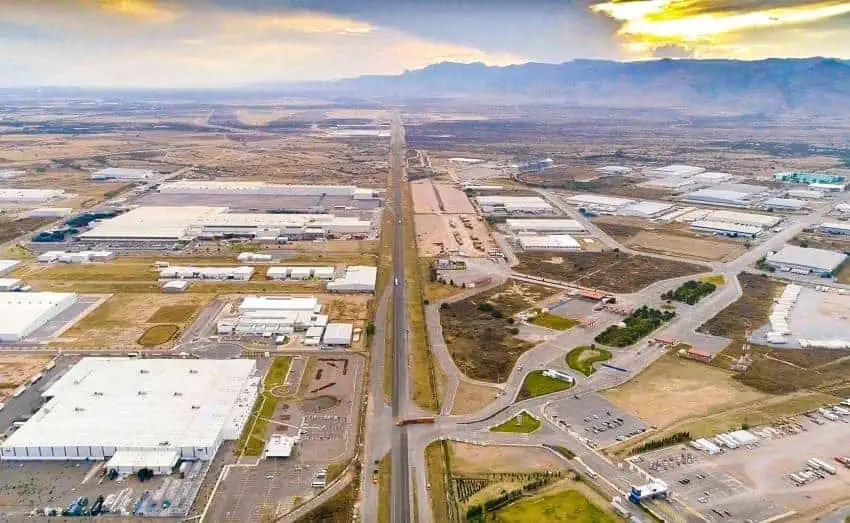
But while Mexico shares some of its problems with other developing countries, it has advantages that other nations don’t have, he said.
“There are other countries with large populations, but they’re not as well-educated as Mexico’s population. No other country is so close to the world’s largest market,” Jeffreys said.
“… I’ve spent a lot of time in Saudi Arabia, Indonesia and Eastern Europe. What I see in Mexico is, perhaps, a greater combination of favorable factors than in other places or at other times. Arab countries had the oil boom, Eastern Europe had the the fall of the [Berlin] Wall and its entry to the European Union. Now [the economic opportunity for Mexico] can be more powerful,” he said.
Mexico’s opportunity, Jeffreys noted, comes at a time when the world is in the “post-COVID” period, the relationship between the United States and China is being redefined and the U.S. is making changes to its commodity chains in “very important” sectors.
“I’m not saying that everything is going to be easy [for Mexico], but a lot of countries have achieved it,” he said, referring to rapid economic development, including the improvement of infrastructure.
“In the ’80s Spain and Greece had very poor infrastructure. Now [their infrastructure] is first class. Mexico has a lot to do with highways, ports, customs, but it has the capacity,” Jeffreys said.
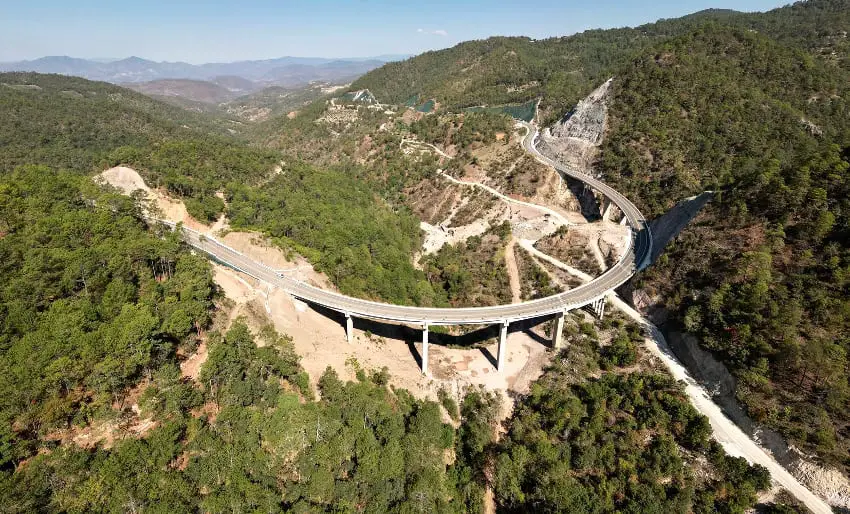
Sharing his optimism about Mexico’s economic potential are other high-profile business people such as JPMorgan Chase CEO Jamie Dimmon and Thor Equities founder and Chairman Joseph Sitt. For her part, President-elect Claudia Sheinbaum said last year that the nearshoring phenomenon will help drive significant economic growth in Mexico during the six-year period of the next federal government.
Asked what will bring major economic benefits for Mexico in the years ahead beyond nearshoring, Jeffreys was definitive.
“The Interoceanic Corridor [of the Isthmus of Tehuantepec], without a doubt,” said the Oxford Business Group CEO.
The corridor includes (or will include) a modernized railroad between the Pacific and Gulf coasts, a chain of industrial parks, improved highway infrastructure and expanded ports in Salina Cruz, Oaxaca, and Coatzacoalcos, Veracruz. Companies that set up there will benefit from a range of tax incentives.
Touted as a rival to the Panama Canal, the trade corridor “makes sense” for Mexico and even more sense “from a global point of view,” Jeffreys said.
Global trade will at least double by 2050 and the world’s main trade routes are currently “saturated,” on the verge of being “in crisis,” he said.
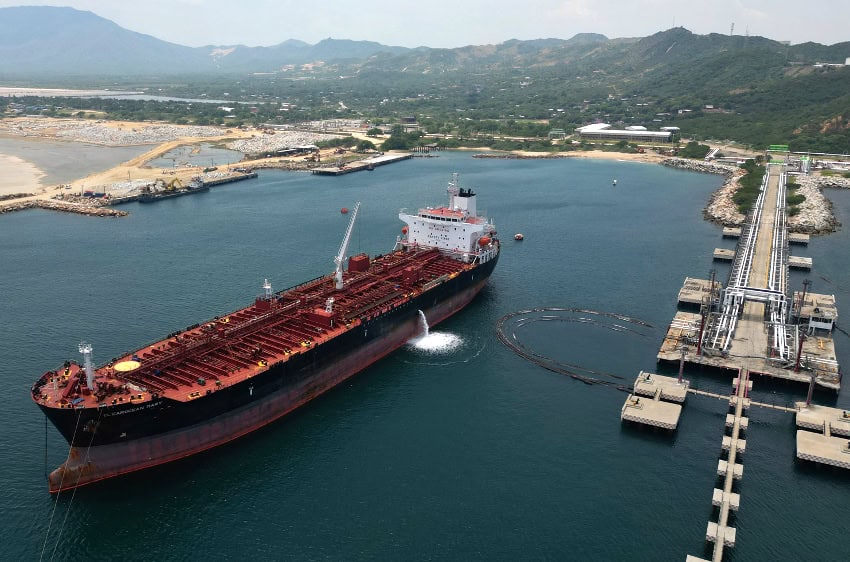
“I’m thinking about the Shanghai-New York route. There are problems in the Suez Canal and the Panama Canal. The distance between California and New York is almost 5,000 kilometers. The world needs to resolve transit from the Pacific to the Atlantic. It’s the most important trade route in the world. Thus, the Interoceanic Corridor is a very important solution for Mexico, but even more so for the world,” Jeffreys said.
He described the corridor as a “long term project” and declared he had no doubt that it will take off in the next five to 10 years. It has “too many things going for it” to fail, Jeffreys said.
“It’s not just a logistics corridor” — across which goods can be transported by train before being reloaded onto another ship for onward sea transportation — “but is also intended to be a production hub,” he noted.
“There are some very successful cases in Asia, on the Strait of Malacca, for example,” Jeffreys said.
As the Isthmus corridor will be a production hub as well as a Pacific-Atlantic trade route it can in fact be considered part of Mexico’s efforts to take advantage of the nearshoring opportunity. Some observers believe that the establishment of the corridor, and the comparative abundance of water in southern Mexico, will attract a significant number of foreign companies to that part of the country.
To spur such investment, a Mexican delegation headed up by Foreign Affairs Minister Alicia Bárcena will travel to the United States this week to speak to U.S. officials and business executives about the trade corridor, where projects worth at least several billions of dollars are expected to be built in coming years.
Jeffreys told El Economista that industries that are already well-established in Mexico, such as the automotive sector, as well as emerging ones, such as semiconductors, could open production facilities in the corridor.
“The corridor can take development to an area that hasn’t had development and reduce transport costs from west to east [and vice versa],” he said.
With reports from El Economista
